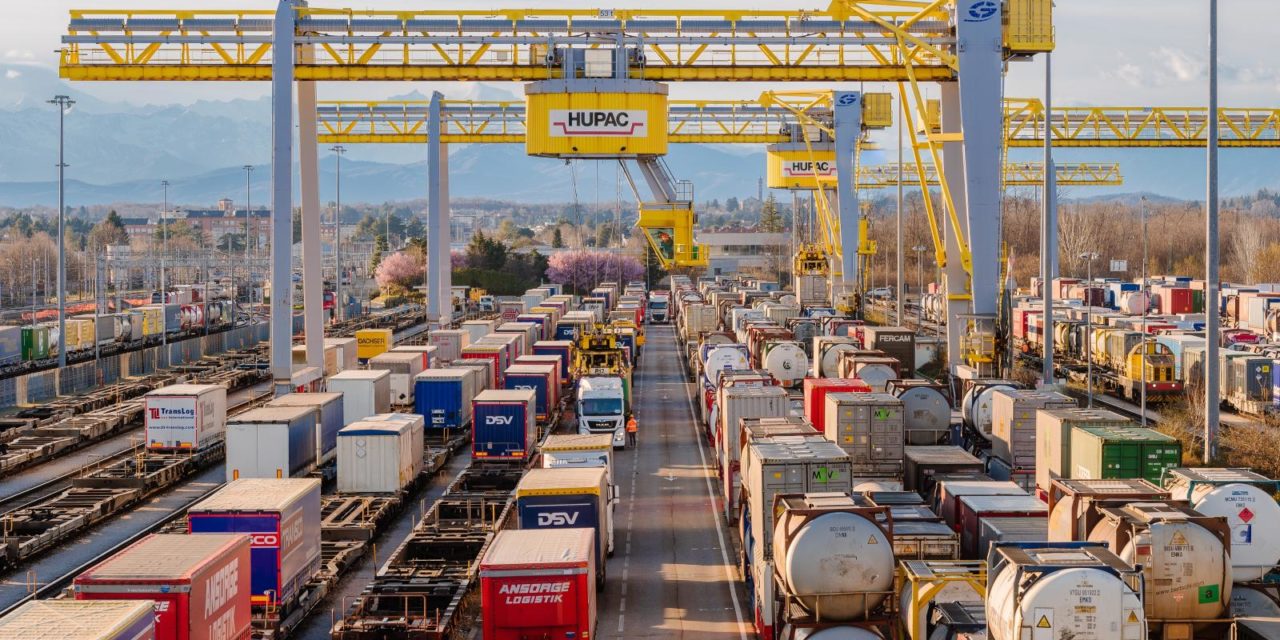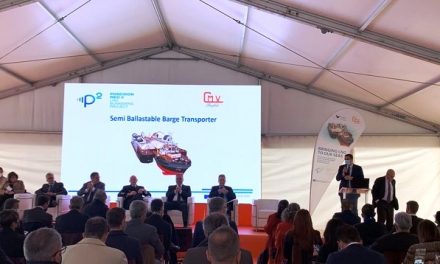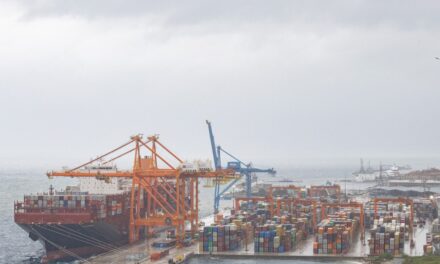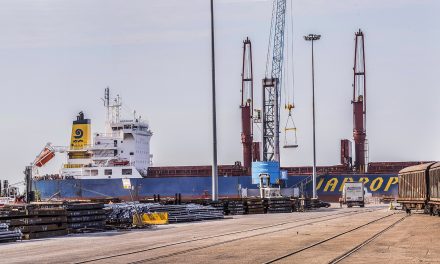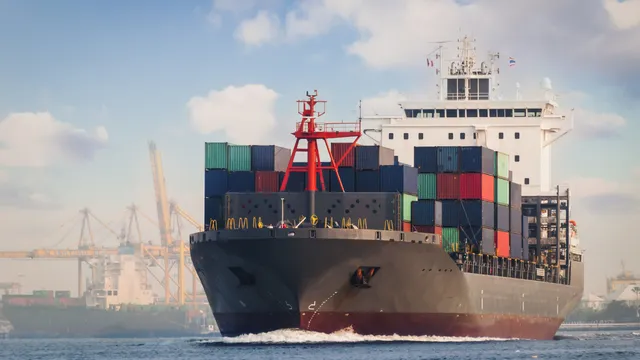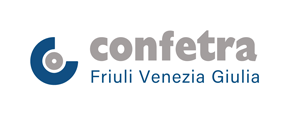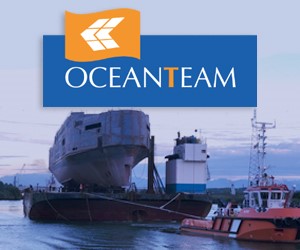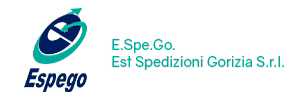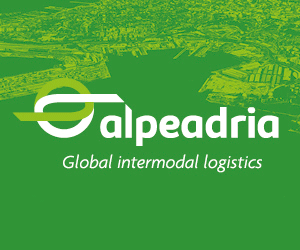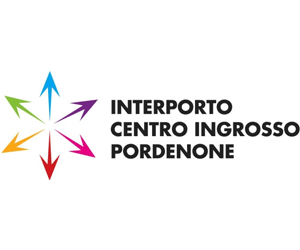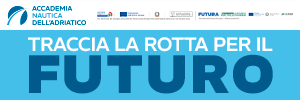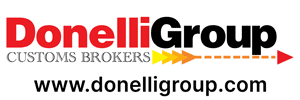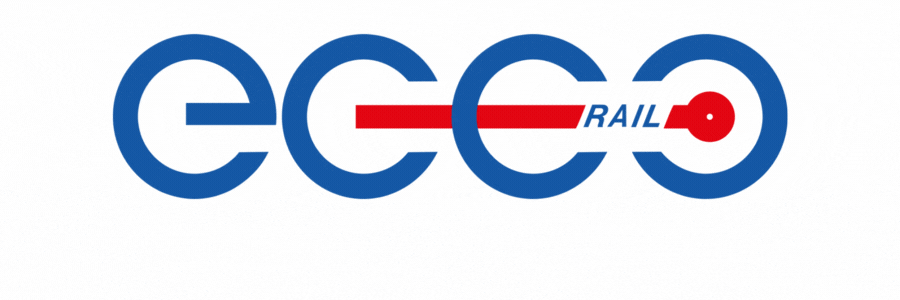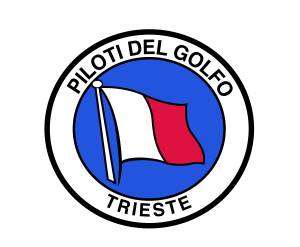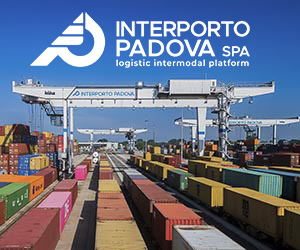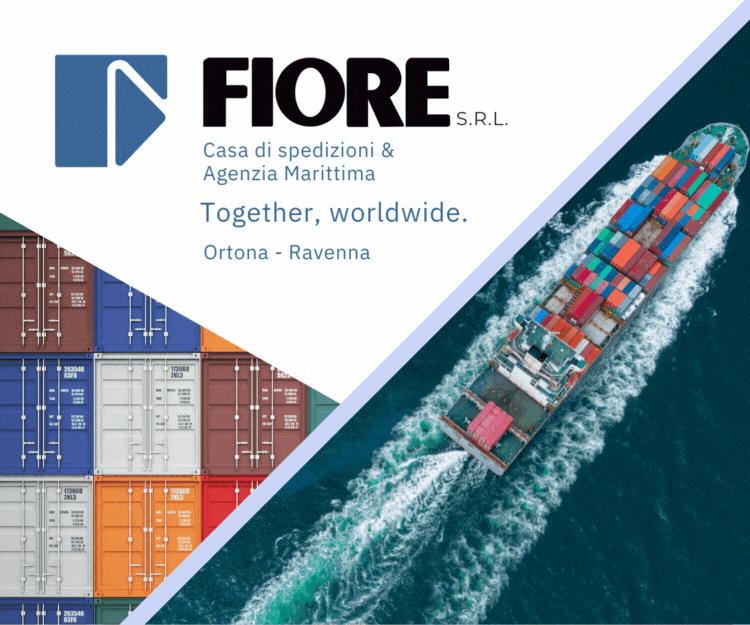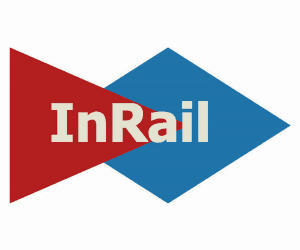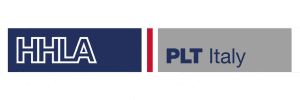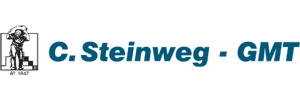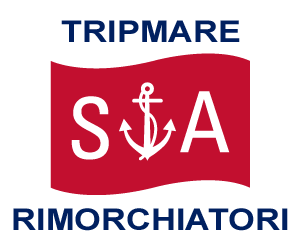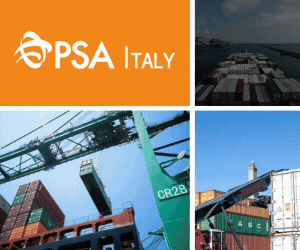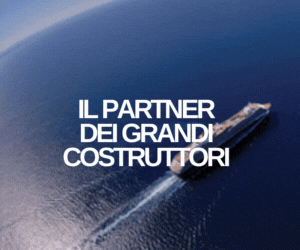TRIESTE – In 2024, Hupac handled approximately 949,000 road shipments, equivalent to 1,818,000 TEUs, marking a 2.6% decrease compared to the previous year.
Despite a backdrop of structural crises and rising costs, the results highlight the group’s ability to consolidate its position in combined road-rail and hinterland maritime transport, largely thanks to stable transit through Switzerland.
In spite of these challenges, Hupac – which operates the rail terminal at the Pordenone freight village – closed the year with a profit of 9.4 million Swiss francs, thanks to an efficient operational approach: optimized train use, a focus on high-traffic corridors, and the introduction of longer, heavier trains. This result confirms the effectiveness of the turnaround strategy launched in 2023.
Traffic along the Alpine route via the Gotthard remained almost unchanged (-0.2%), despite restrictions in the base tunnel. Flows through France and Austria, however, declined due to the closure of the Modane line and works on the northern Italian rail network. Intra-European non-transalpine traffic also saw a slight decrease of 1.2%. Common factors behind the overall drop included high energy costs, infrastructure delays, and inefficient management of rail construction sites.
Looking ahead, Hupac is preparing for another uncertain year in 2025. The strategic plan focuses on strengthening key relationships along the north-south axis, with the goal of offering up to four trains per day in each direction for every connection. According to CEO Michail Stahlhut, this will enable greater operational flexibility, reliable scheduling, and overall improved productivity, including at terminals and for technical resources.
In a statement, the Group reaffirmed its commitment to combined transport, at a time when road transport is also gaining competitiveness thanks to the green transition. Nevertheless, rail maintains a strategic advantage—provided it continues to evolve. Priorities for the current year include consolidating the network, maintaining quality standards, and developing tailored market solutions.



